All tattoos fade. Eventually. But some will fade faster than others, whether it be naturally or by poor aftercare practice. That said, in today’s article, we will be talking about tattoo fading – what causes it and what you can do to prevent it from happening.
Page Contents
Why do tattoos fade? Here’s the biggest NATURAL reason…
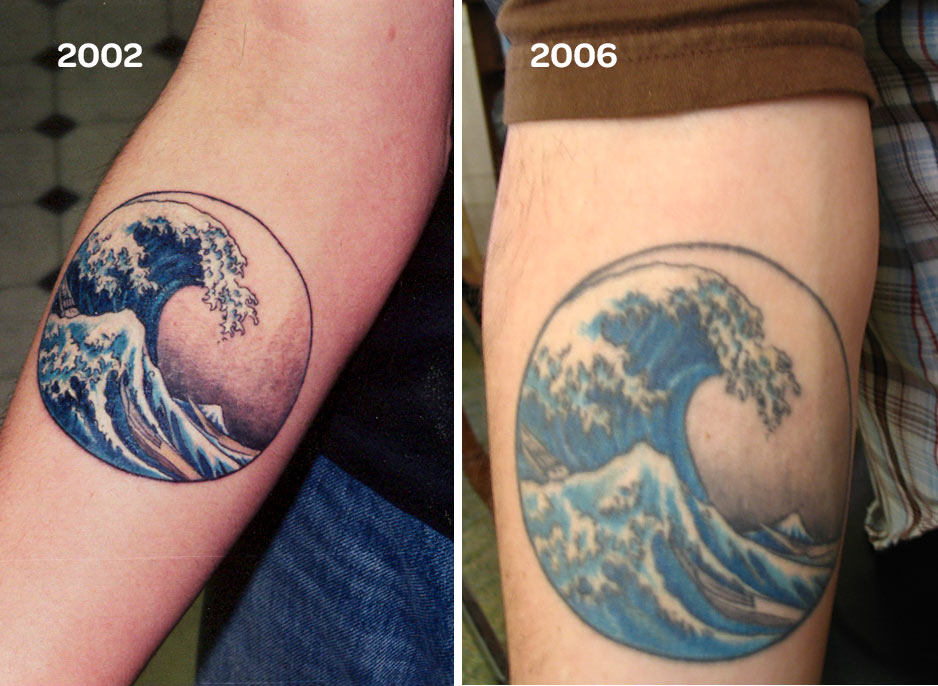
You’ll probably agree with me when I say all tattoos look bright and vibrant in the beginning. By beginning, I mean right before the wound (yes, your tattoo is technically a wound) starts scabbing and peeling. This is when the tattoo is at a 100% in the looks department.
When it starts scabbing, that’s when everything starts to change. The tattoo is going to look cloudy because the scabs (hopefully, scabbing will be light) will be covering up the ink in the dermis layer of skin. Which is perfectly fine – it’s all part of the tattoo healing process.
Once the tattoo is fully healed, that can only mean one thing: the outermost layer of skin (the epidermis) has already healed. This means that the ink that’s gotten in the epidermis would be gone by now. So now, the old ink-laden epidermis would be replaced by new, clear and ink-free skin.
On the other hand, the ink deposited in the second layer of skin (the dermis) will still be there because the dermis does not shed. This is the reason why tattooists need to ensure ink is actually deposited in the dermis (not the epidermis or the hypodermis).
If the ink is only deposited in the epidermis, the tattoo’s going to disappear once this skin layer sheds and renews (it regenerates every 4 weeks or so). Likewise, if the tattooist goes too deep into the hypodermis, then he’s going to cause a tattoo blowout.
So, my advice would be to work with an experienced tattooist who knows exactly how deep the needles should go! This will help ensure natural tattoo fading is kept to a minimum.
6 More Reasons Your Tattoo Is Going To Fade
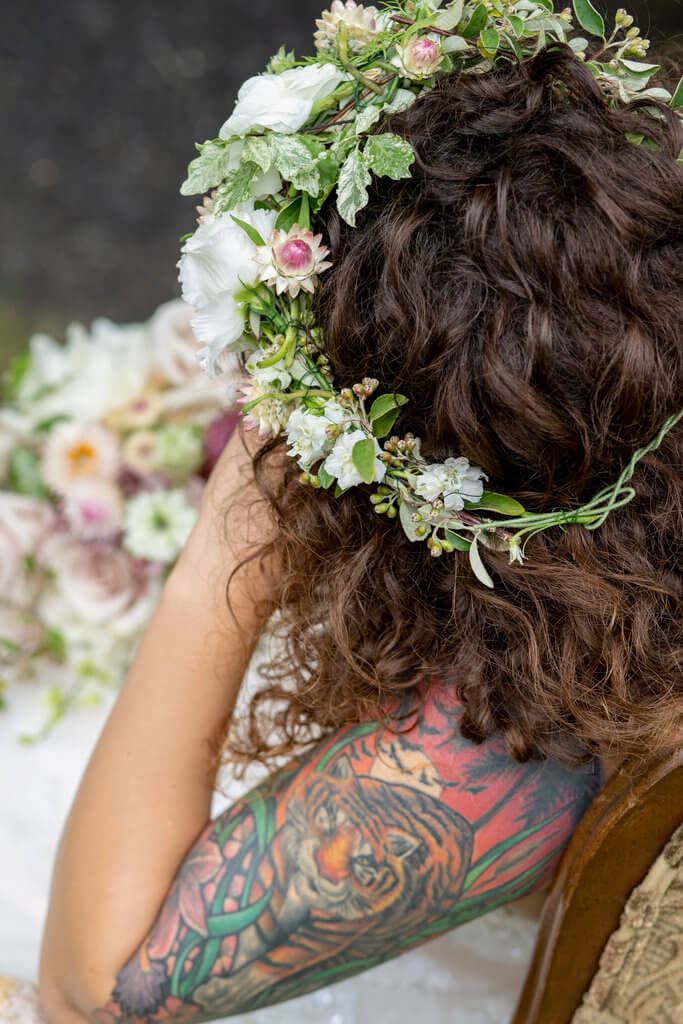
There are more reasons why your tattoos are bound to fade sooner or later (hopefully, it’s later).
1. You chose a not-so-tattoo friendly spot
Not all areas of the body are primed for tattooing. Some are best left alone, especially areas that get a lot of contact, friction, and sweat. Generally, the more contact and friction there is, the more wear on your skin, and the faster the ink will fade.
Here are examples of places that aren’t prime tattoo real estate:
- Hands and fingers – you use your hands and fingers literally all the time. It’s probably the most frequently used body part.
- Feet and ankles – we obviously walk using our feet. We cover it with socks and shoes. That alone should make you rethink your decision to get inked there.
- Inner thighs – when we walk or sit, our thighs tend to rub against each other, or against clothing.
- Armpits – well, this body part is probably number one when it comes to sweating. Not a lot of people have their pits inked, but for those who do, you’ve got to give it to them for making a crazy decision!
- Buttocks – we sit on our bums throughout the day. What can you expect? Of course, tattoos here are going to fade faster.
You’re probably wondering about people with full-body tattoos, and how they care for their skin art. Well, they’re truly the bravest of the brave (I think people who choose to get tattooed are brave). Maintaining full-body tattoos and making them look good for the world to see isn’t an easy thing to do, especially when ink is placed in tattoo fading-prone areas!
Related article: Tattoo Pain Chart: How Bad Do Tattoos Hurt?
2. Tattoo ink used
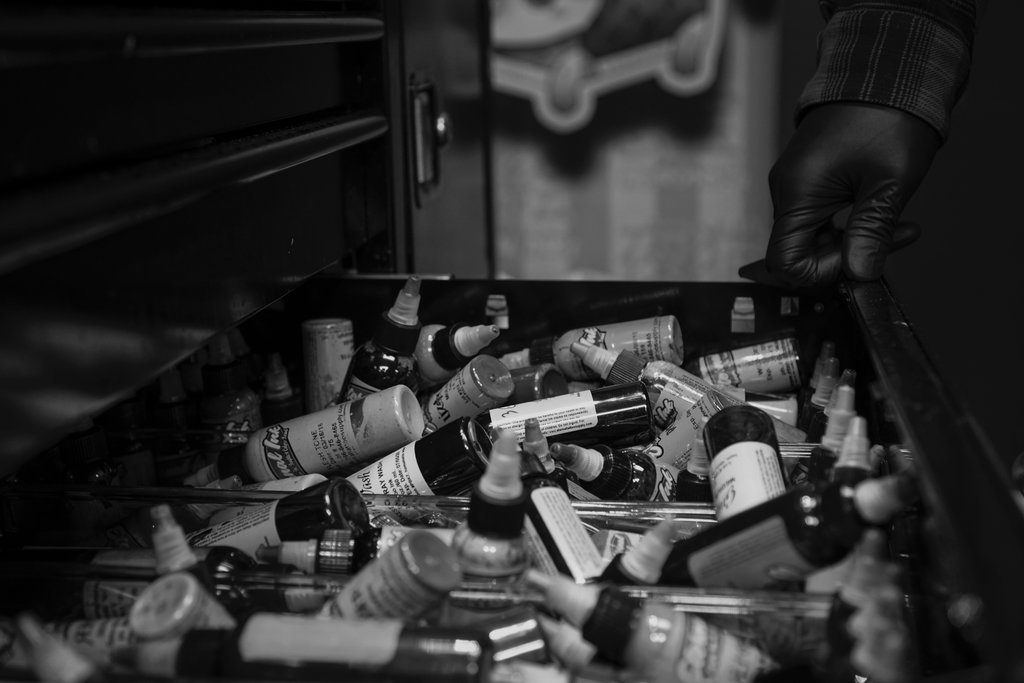
Tattoo ink plays a key role in how good your tattoo will eventually look. But the wrong ink can actually do more harm than good, and make your tattoo fade faster than normal.
- Light vs dark colour inks
Light colour inks look nice and vibrant. When paired with darker colour ink, it adds an accent or highlight to the design. Generally, it’s white ink that fades the fastest. Next, comes yellow, light green, pink, and similar light colours.
It’s the deep red, brown, grey, and black inks that are usually the last to fade. Long after the light-coloured inks have faded into oblivion, the dark inks will most likely still remain visible. That said, if you’re thinking of not having a lifelong, permanent work of art on your skin, white ink is the way to go!
- Poor quality tattoo ink
Not all tattoo inks are created equal. Some are made with high-quality components, while others are the exact opposite. That said, at time of publication, there’s no single government body that regulates the use of tattoo ink. So, you’ll need to do your own diligence before you get tattooed.
Some tattoo inks use heavy metals as pigment or ink colourant. This may have a negative effect on the longevity of the ink, and may even cause adverse reactions such as tattoo ink allergy or even ink poisoning!
Also, some artists prefer to mix their own ink. Inexperienced tattooists may end up diluting the ink too much which may also cause it to fade faster. High quality and highly concentrated tattoo ink will last longer than diluted and/or low-quality ink.
3. Inexperienced tattoo artist
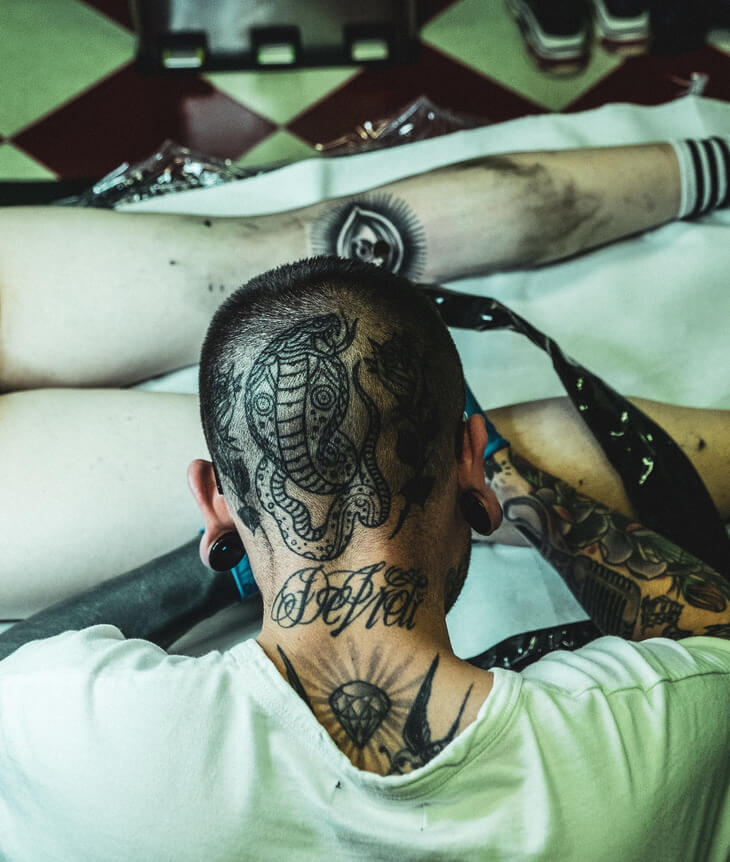
Some parts of the body have thicker skin, whilst other spots have paper-thin skin. An experienced tattooist will know exactly how deep the needles are supposed to go, no matter which part of the body they’re working on.
Of course, it doesn’t mean they won’t ever make mistakes. But they’d be less prone to errors thanks to their experience. They’d know exactly how much pressure to apply. They’ll also know which direction the needles need to go in to ensure the correct depth is reached.
An inexperienced tattooist is more prone to a hit-and-miss job. They may not reach the dermis in some spots, or they’d overshoot and go straight to the hypodermis. Either way, this can only result in one thing – a tattoo that’s likely to fade faster than normal.
4. Poor aftercare regimen
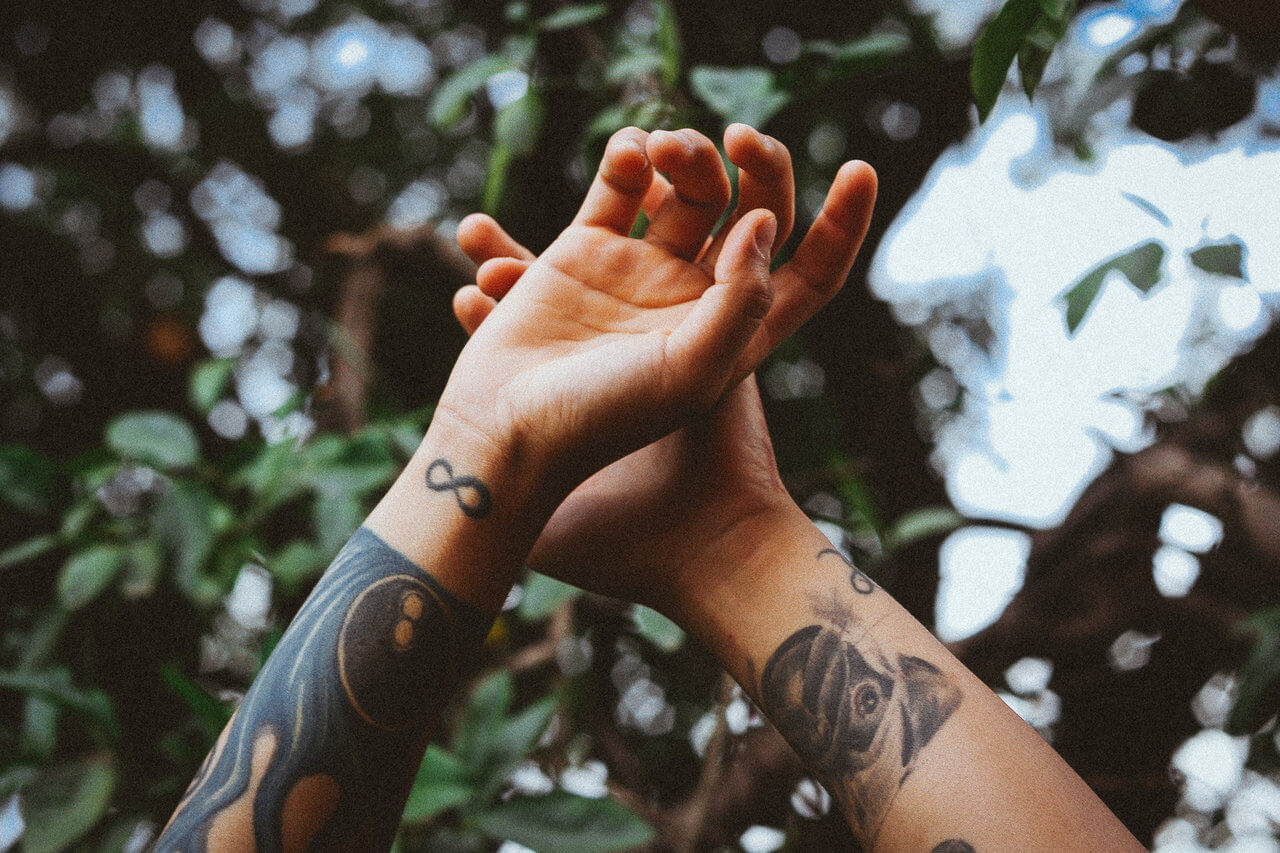
You want your tattoo to heal properly and last you a good long while, right? Well, you need to learn how to take care of it properly. Here’s how poor aftercare contributes to faster tattoo fading.
- Not following tattooist’s aftercare instructions
Unfortunately, there’s no standardised tattoo aftercare instructions. Different tattooists and different parlours have different aftercare recommendations for their clientele. Sometimes, tattooists working in the same shop may even disagree on some aspects of the aftercare process.
Whatever the case may be, trust the tattooist who worked on you, especially if they’ve been doing their job for a long time. They should know what works and what doesn’t based on feedback from their past clients.
If you’re not satisfied with your tattooist’s aftercare instructions, don’t be afraid to ask to clarify some of the details. They’ve got a vested interest in your tattoo, after all. Quite literally, you’re part of their ‘live’ or ‘walking’ portfolio, so they’d want your tattoo to look as good as possible!
- Picking and pulling at scabs or peeling skin
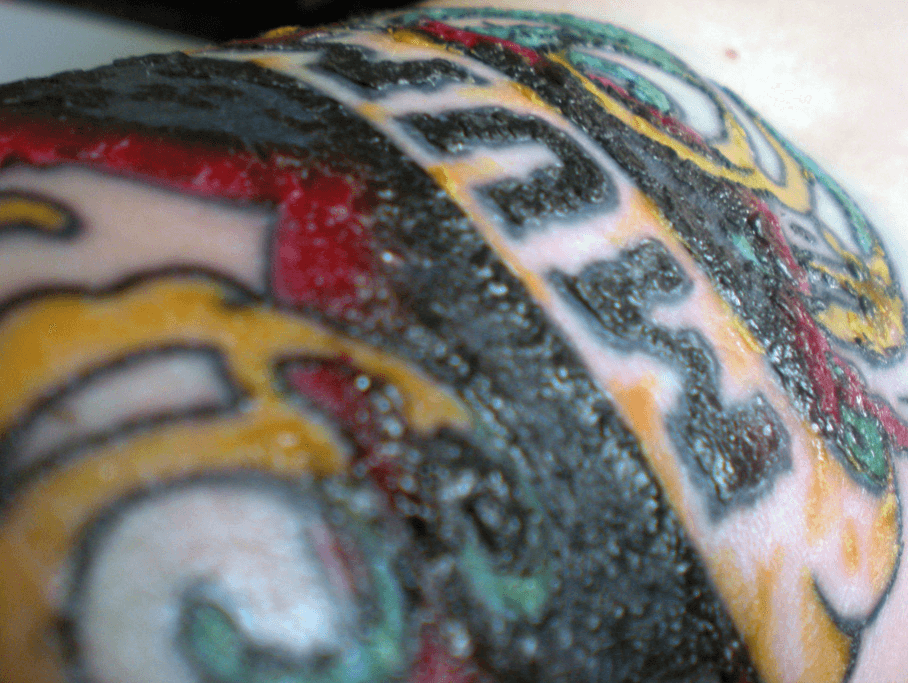
The first few days after getting tattooed is going to be a mess – literally. This is because as with all types of wounds, your immune system will be working doubly hard to get rid of the foreign objects (a.k.a. the tattoo ink) in your skin. Your tattoo will be ‘weeping’ or oozing plasma (clear, yellowish fluid) and some ink.
By the second or third day (this varies from person to person), the tattoo will stop weeping and scabs will now start to form. I know how unsightly scabs look, but don’t even think about picking them out. If you do this, you could also potentially pull out some of the ink in the dermis, which will later lead to patches and blank spots in your tattoo!
Wait for the tattoo to heal naturally – no pulling and picking – and you’ll have a much better-looking work of art on your skin!
- Not moisturising properly
Seriously, most faded-looking tattoos can be brightened up with proper skin hydration and moisturisation. Here are some tips to slow down tattoo fading:
Drink lots of water
Water is key to good-looking skin. So, if you want your tatt to look good from the inside out, you better start drinking at least 8 glasses of water a day!
Avoid smoking
Smoking isn’t just bad for your health, it’s also bad for your skin. This is because cigarette smoke actually reduces and impairs blood flow which leaves your skin dry and feeling old. This is why smokers tend to look years older – and their tattoos to look old and wrinkled, too!
Don’t overclean or over scrub your skin
A gentle skincare routine is all you need to moisturise your skin. If you get too aggressive with the scrubbing and use of harsh skin products, then you could also be causing tattoo ink loss… essentially, making your tattoo look more faded than normal.
Soaking unhealed tattoo in water
A quick shower is really all that’s permitted when it comes to fresh tattoos. No bathing, no swimming, and certainly no soaking in the hot tub. Also, when it comes to washing your tattoo, use lukewarm water and antibacterial soap to wash off the gunk and keep the area clean.
Smothering unhealed tattoo with thick ointment
Healing ointments like Aquaphor and A+D do a great job at protecting the tattoo whilst letting the skin breathe as well. This is the exact opposite of Vaseline which is 100% petroleum jelly – it won’t allow your skin to breathe at all. So, please avoid putting Vaseline on brand-new tattoos.
That said, you should only apply a thin layer of healing ointment. Otherwise, no matter how beneficial an ointment is, it will only smother the tattoo underneath, which can lead to infections!
5. Too much exposure to the sun
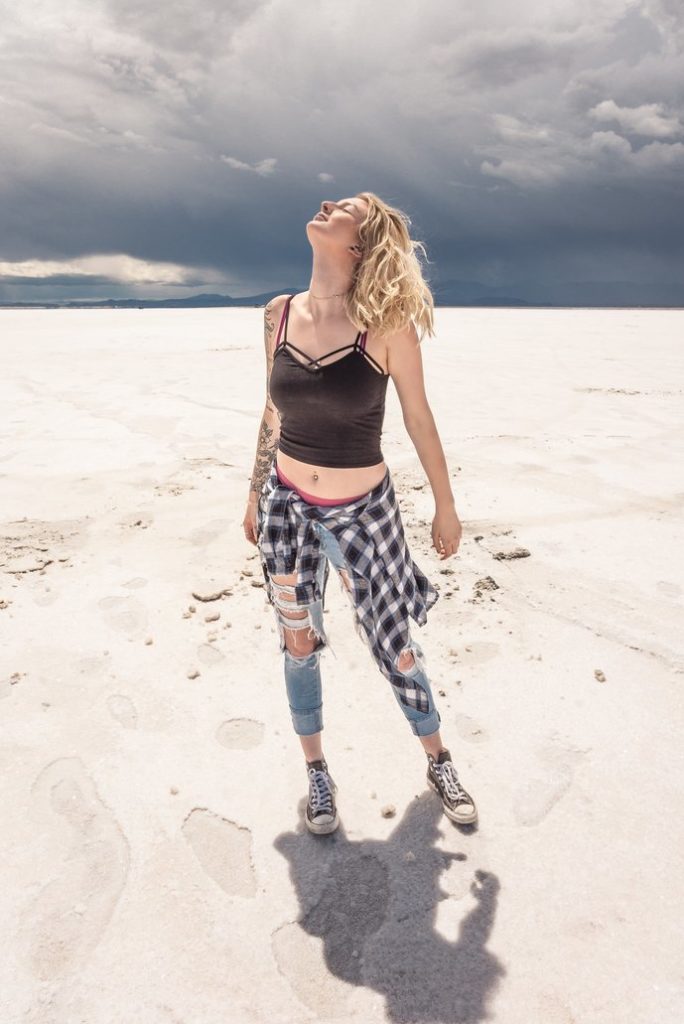
Tattoos and the sun don’t play well together. Whether it’s a days old tattoo or a decade old one, the sun’s ultraviolet rays are still going to penetrate your skin. So, you need to have a barrier in place that will protect the precious ink from the sun. Here are some tips:
- Apply sunscreen
Sunscreen should only be applied to healed tattoos because it can potentially draw out the ink if applied to unhealed tattoos. There are many different kinds of sunscreen lotions.
For better protection, choose one with high SPF (sun protection factor), such as Banana Boat’s Sun Comfort SPF 50+ Sunscreen spray. The only downside to using sunscreen is that it only lasts a couple of hours, so if you’re frequently exposed to sunlight, you’d need to reapply frequently.
- Wear UV-resistant clothing
You can wear sun-protective clothing on even the freshest tattoo. The good news is this also offers much more cost-effective protection from the sun. You can wear the same UV-resistant clothing for years, unlike sunscreen which can only go so far.
Of course, fashion-wise, you’d be pretty limited with your choices. You’d need to be covered up head to foot if you want to go out into the sun and be protected at the same time. So, if you’re thinking of showing off your tattoo at the beach, you’d be better off using sunscreen lotion instead.
- Avoid tanning beds
Tattoos and tanning don’t really do well together. I mean, if regular sunlight can do a lot of damage to tattoos, imagine how bad the damage is going to be on tanning beds with its high concentration of UV rays.
6. Weight fluctuations
When you lose or gain weight, your skin’s appearance changes as well. For instance, when you gain weight, you’re bound to get stretch marks. And when you lose weight, your skin can sag. Either way, it’s bound to affect how your tattoo looks, including making it look faded.
How To Fix A Faded Tattoo
If you don’t want to get stuck with a faded tattoo, consider these fixes:
1. Touch up
Most tattooists offer free touch-ups for their clients, but only if the tattoo fading isn’t a direct result of aftercare negligence. You can have just the faded parts touched up or the entire design.
2. Re-colour
Since light coloured inks tend to fade faster than dark coloured ones, you would probably need to have your tattoo re-coloured sooner rather than later. Keep this in mind if you’re thinking of getting a watercolour tattoo.
3. Tattoo cover up
A cover-up involves covering the old design with a new one. A talented tattoo artist will be able to give some suggestions on how best to hide the old tattoo. The right artist can help mask the old design, making it ‘disappear’ in the new design!
4. Exfoliate
Sometimes all you need is a good scrub to get the ink beneath to show up. Perhaps there are blemishes in the epidermis. Or there’s an excessive accumulation of dead skin cells that make the ink in the dermis look faded than it really is.
That said, make sure you use the right lotions to keep your tattoo bright and vibrant. We highly recommend After Inked Vegan Tattoo Lotion as it’s made with grapeseed oil, shea butter, glycerin, and jojoba oil. It’s also very affordable and only a small amount is needed, so a tube is going to go a long way.
5. Removal
The last resort for faded tattoos is to get them removed. It’s already halfway gone, right? So, if you’re not looking to spend a few more bucks on getting it touched up or covered up, and you want to get rid of it entirely, then tattoo removal is one way to fix your faded tattoo problem.
Conclusion
It’s not the end of the world if your tattoo fades. It’s normal, but I’m sure you’d prefer to have it fade later rather than sooner. If that’s the case, then the tips I’ve shared in this article should help you keep your tattoo looking new for a long time!
